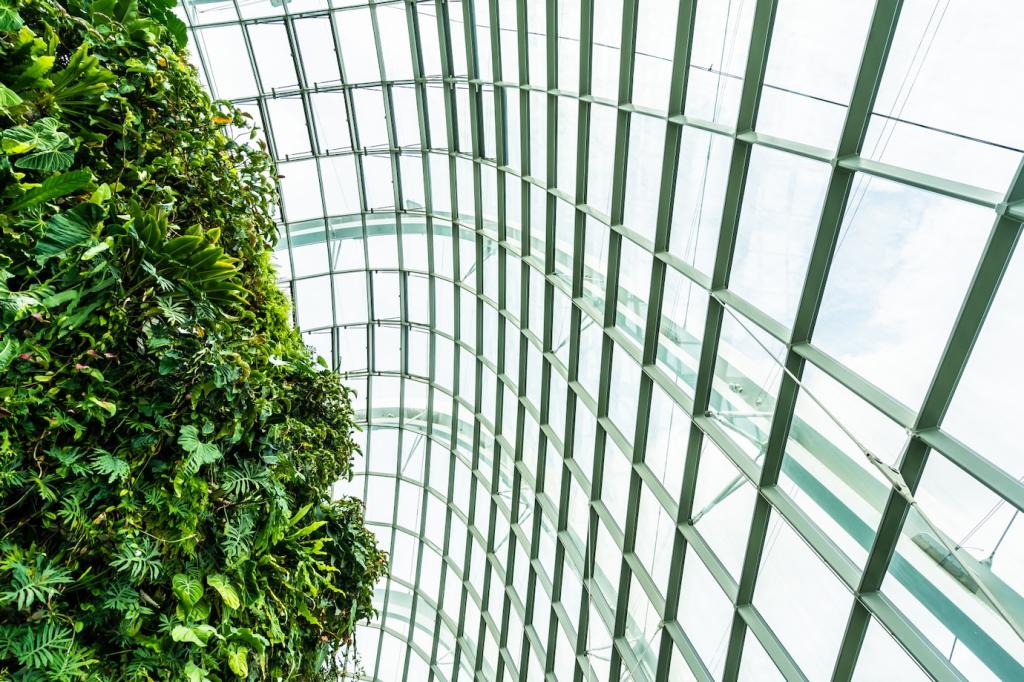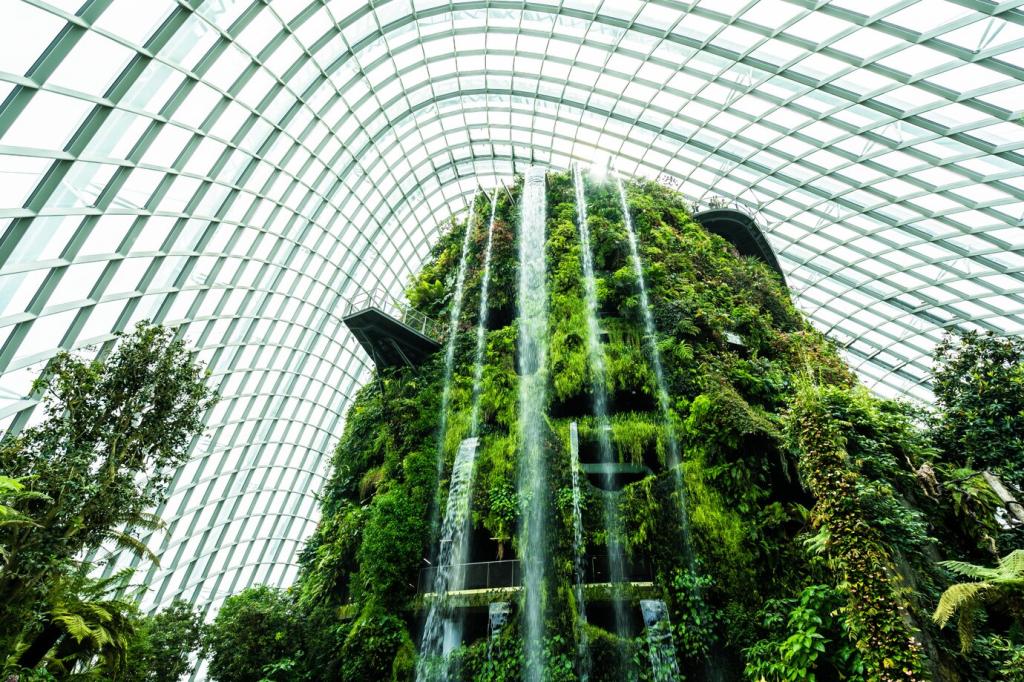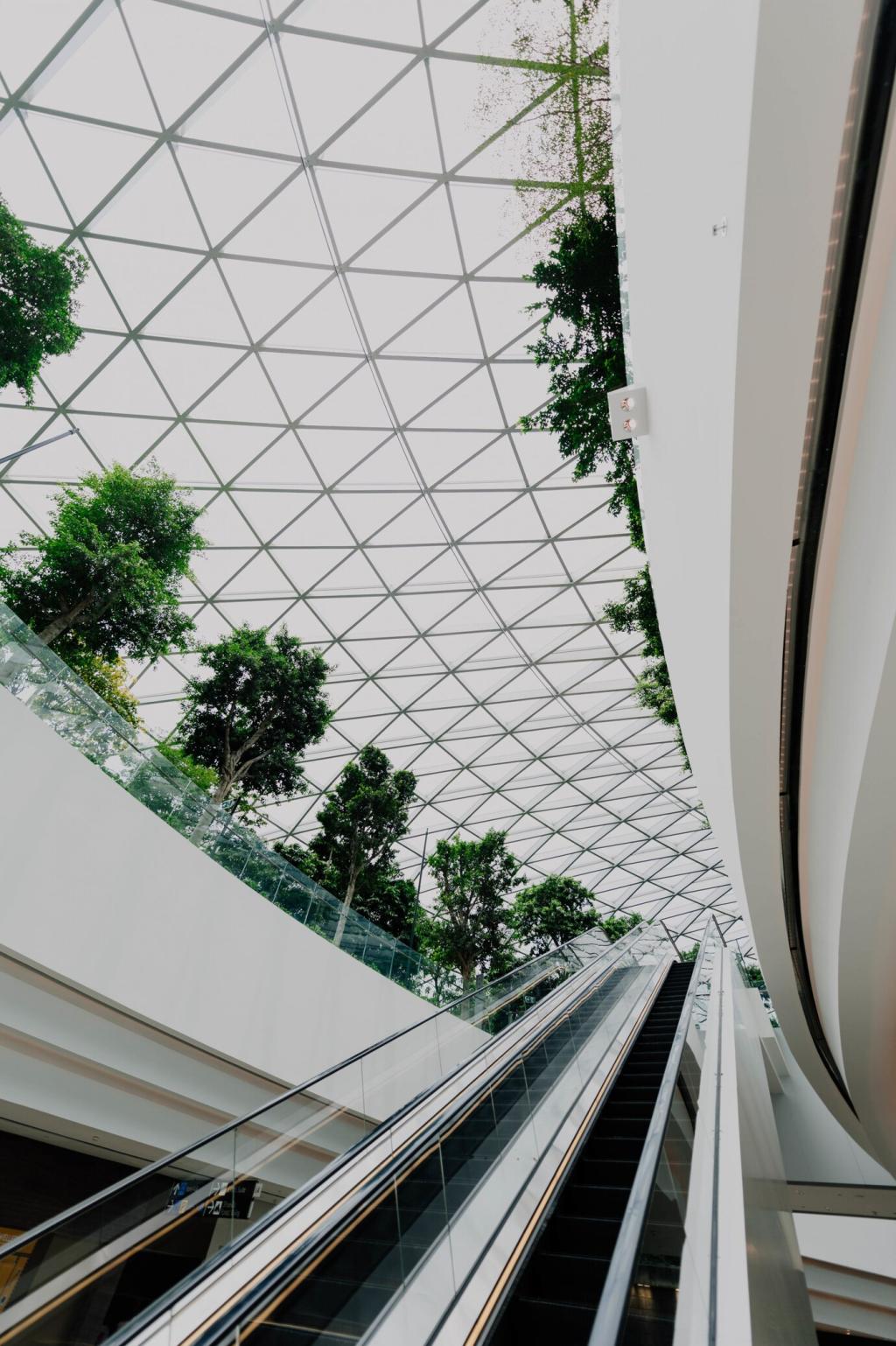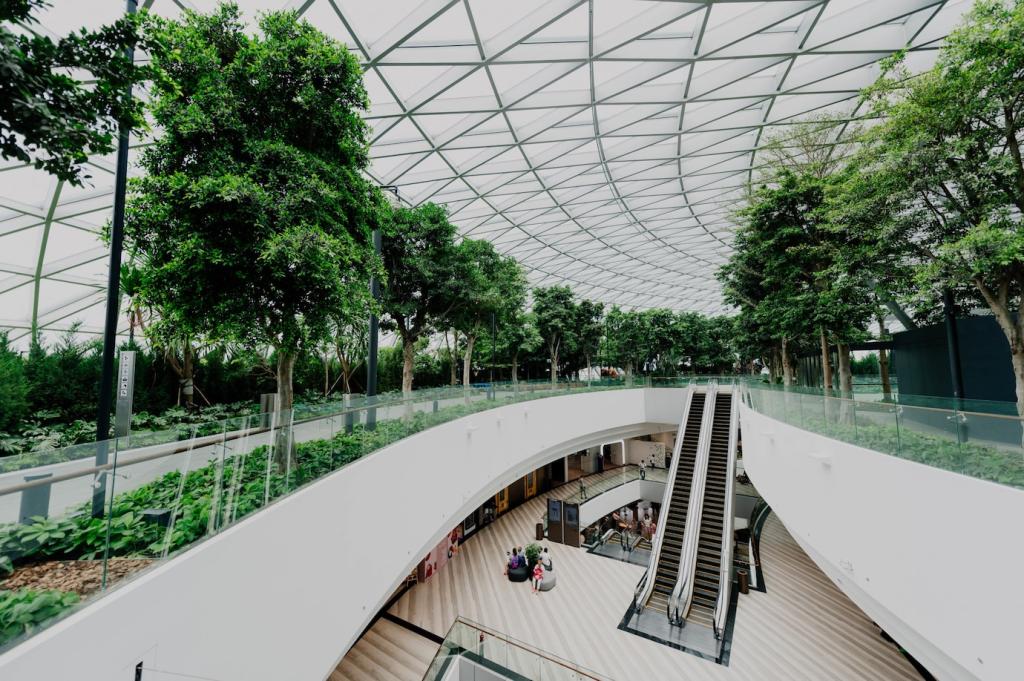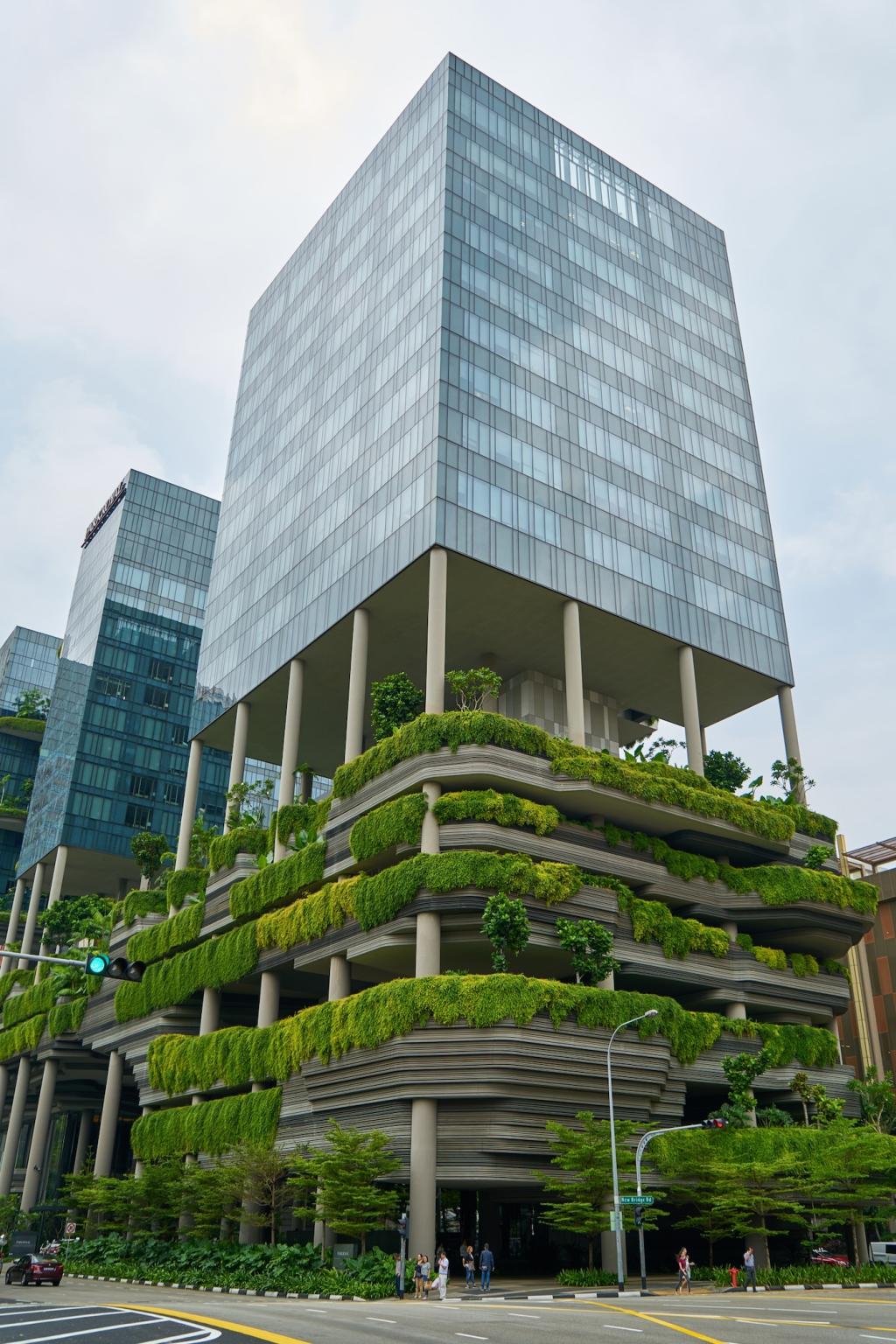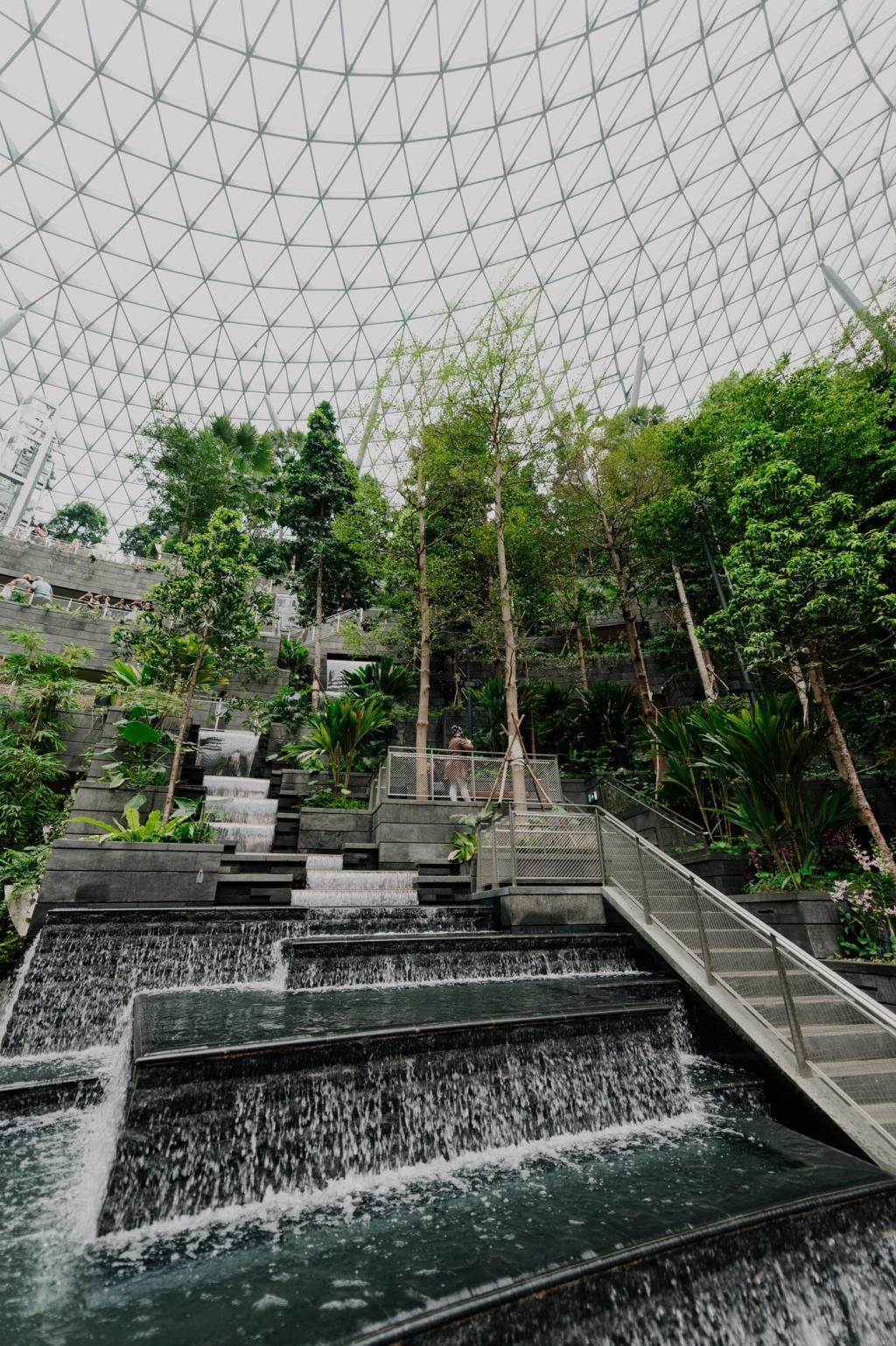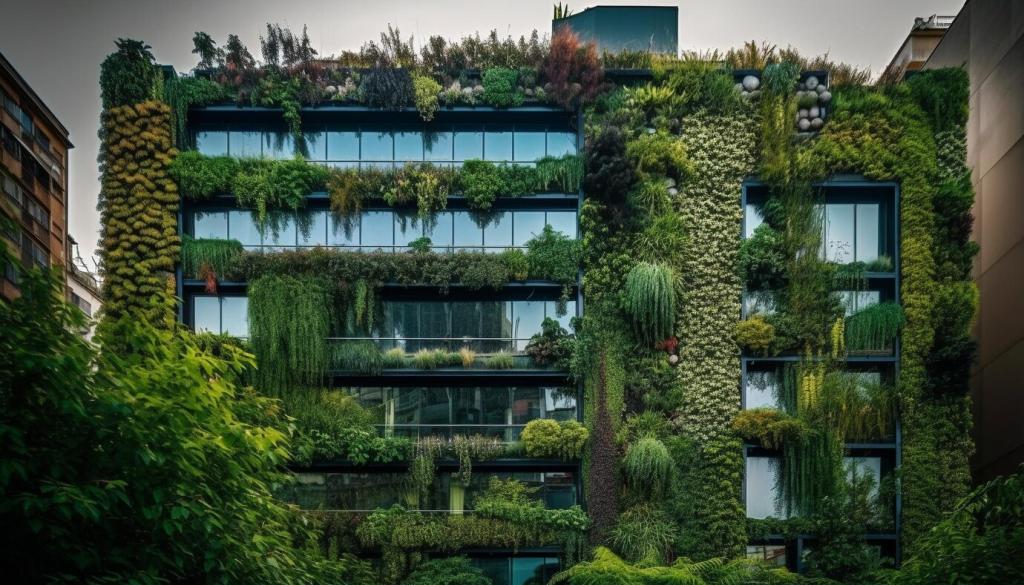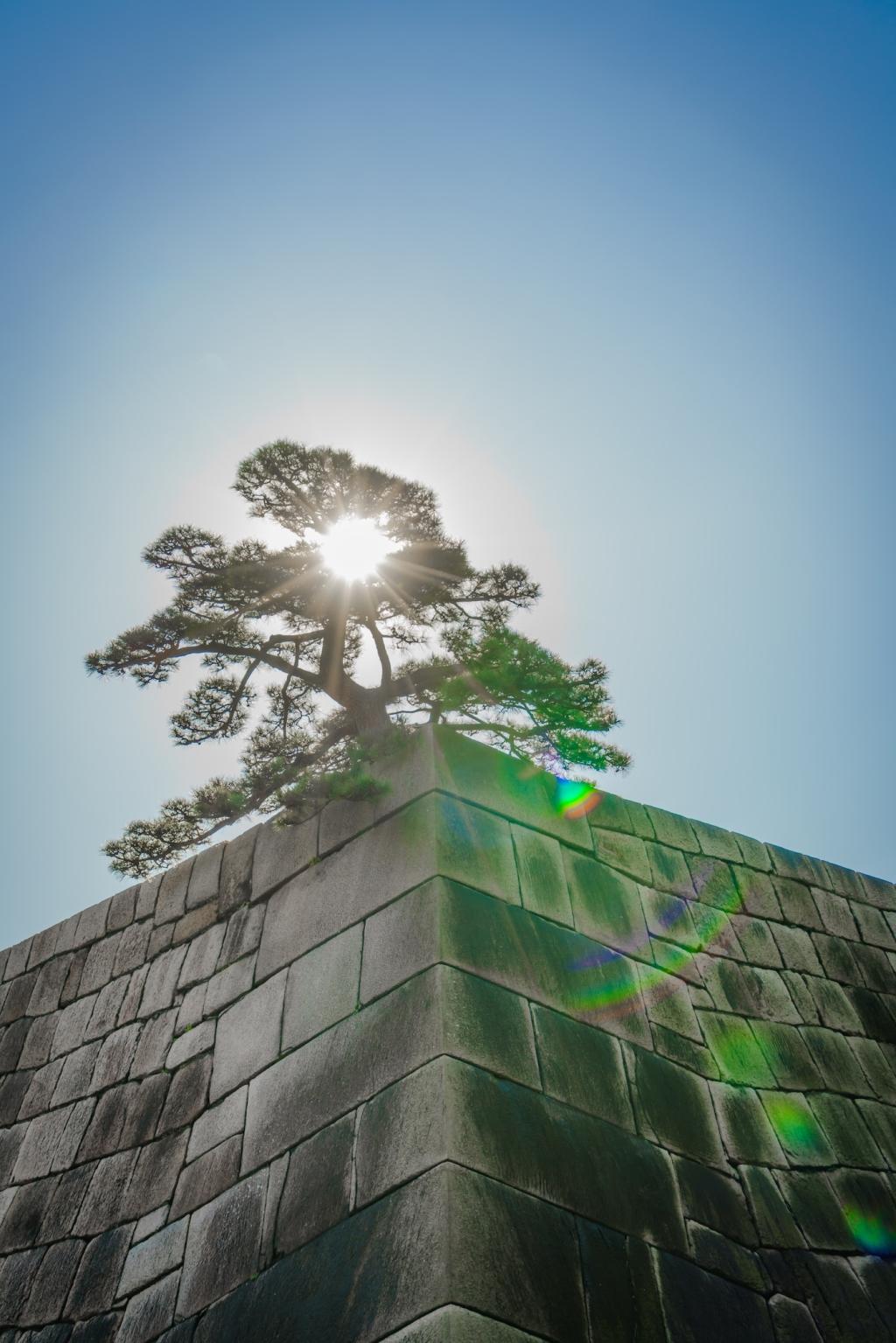What a Green Roof Is and Why It Matters
A green roof is not merely a rooftop garden; it is infrastructure. Engineered layers protect the building, plants regulate heat, and soil retains stormwater. Together, they create a functional landscape that delivers benefits far beyond aesthetics.
What a Green Roof Is and Why It Matters
Designs vary from lightweight extensive systems with hardy, shallow-rooted plants to lush intensive roofs that support shrubs and small trees. Semi-intensive solutions bridge the gap, balancing weight, maintenance, and biodiversity. Share which approach fits your climate and goals.

